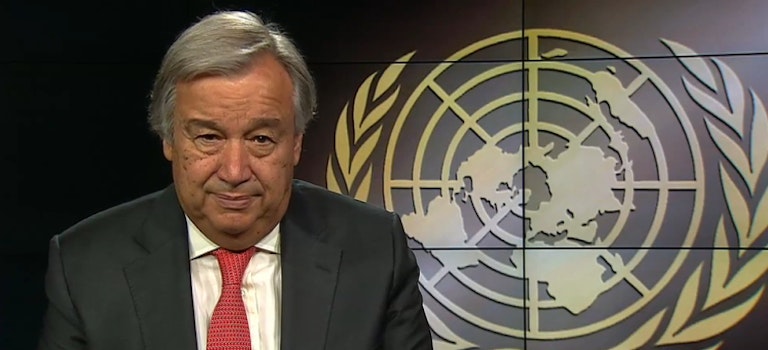In a letter to all UN staff, Secretary-General António Guterres launched his new strategy on gender parity on 13 September 2017, as a start to a system-wide campaign to advance this priority at the United Nations.
The strategy is a central element of his overall reforms, in line with his commitment to create a modern Organization and workforce.
Unveiled yesterday, the strategy provides a roadmap to reach parity at the senior levels of leadership by 2021, and ultimately in 2028 across the board. Achieving gender parity is an urgent priority not only as a basic human right, but also as it essential to the UN’s efficiency, impact and credibility.
“This goal is not just about numbers, but about transforming our institutional culture so that we can access and capitalize on our full potential. It is about creating a working environment that embraces equality, eradicates bias and is inclusive of all staff”, underlines the Secretary-General.
The System-wide Strategy on Gender Parity is comprehensive and intended to be a framework to guide the system. It covers in particular: targets and accountability; special measures; an enabling environment; senior appointments; and mission settings. The strategy “balances accountability with incentives, recognises different starting points and challenges, and provides positive tools to empower and encourage staff and managers alike.”
A key focus of the document is the need to increase the recruitment and advancement of women - in particular in middle to senior management levels, where the gaps are the greatest and a glass-ceiling persists.
Beyond this, to achieve an inclusive work force, the UN must focus on attracting, retaining and motivating high quality staff - both women and men - and creating an enabling environment for them to contribute to their full potential. This will entail more positive use of flexible working arrangements, increasing the reach of parental leave, and the balance of personal, family and professional commitments.
Responsibility for next steps and implementation of the strategy will now move to entities, which are expected to develop new or revised entity-level strategies before end of year. Ultimately, responsibility rests with each individual, from hiring managers to human resources, and from staff to senior leadership, to build a fully inclusive, respectful and equal organization.
